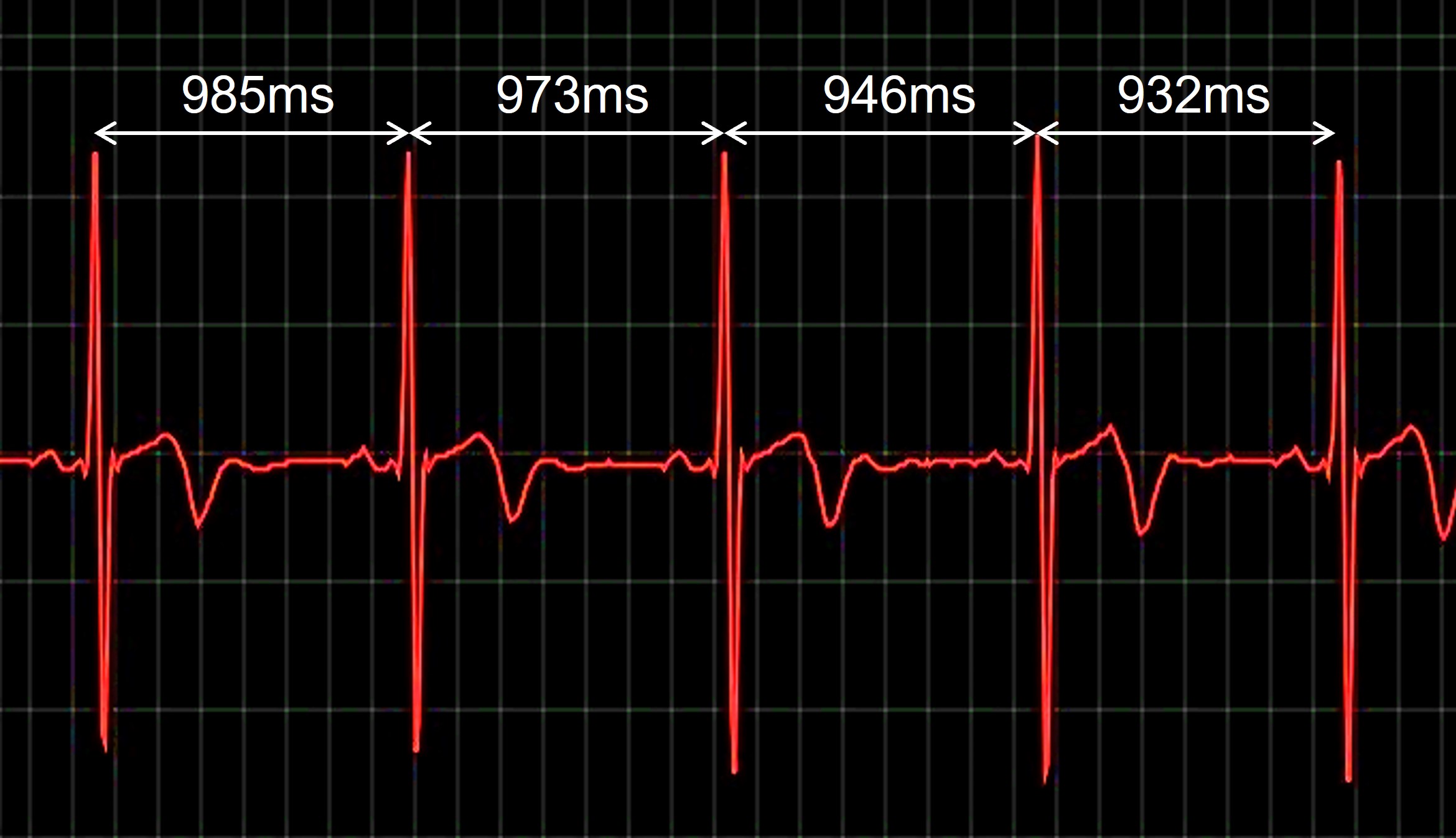Validation Study Proves Movesense Medical’s Accuracy in Measuring Heart Rate Variability

A scientific study finds high correlation between the heart rate variability parameters measured with Movesense Medical and a gold standard 12-lead ECG monitor. The study concludes that Movesense Medical can be used instead of a reference ECG for the calculation of HRV. According to the study, Movesense Medical represents a significant advance in both a HR and HRV recording device in a chest belt form factor for lab-based or remote field-application.
Why is HRV interesting?
Heart rate variability (HRV) is a physiological phenomenon that manifests as a variation in the time interval between heartbeats.
In general, HRV is the result of the interaction of different regulatory mechanisms in the human body. These regulatory systems are related to various physiological processes and health conditions, which makes HRV a very interesting indicator of human health and performance.
The value of HRV in health and exercise science has been proven in numerous studies. HRV is commonly used for monitoring and analyzing training load, stress, and recovery, including several solutions developed by Movesense customers. Researchers have shown that HRV can be used in many ways for assessing and managing human health and performance, and new application areas are discovered frequently.
How to measure HRV?
Reliable measurement of HRV requires accurate detection of time intervals between consecutive heartbeats during both rest and physical activity.
The golden standard for measuring beat-to-beat intervals is the detection of R-peaks and the time intervals of R-peaks from the electrocardiogram (ECG). An example of this is in the featured image that shows an ECG graph measured with Movesense sensor and Movesense showcase app for iOS.
Many widely available heart rate monitors provide R-R interval data. However, only few of them are scientifically validated for their accuracy. We are proud to announce that Movesense Medical sensor is now one of them.
“A significant advance in both a HR and HRV recording in a chest belt form factor”
A study led by Prof. Bruce Rogers validated Movesense Medical against a conventional 12 channel ECG. The article was published on Sensors, the leading international, peer-reviewed, open access journal on the science and technology of sensors, on March 5th, 2022.
In the study, a group of 21 physically active volunteers performed an incremental ramp exercise on a bike ergometer. Data was collected before, post and during exercise with Movesense and a reference device.
Results showed high agreement between Movesense Medical and the reference ECG in terms of linear HRV indexes meanRR, SDNN, and RMSSD, as well as the non-linear index DFA a1. Resting and post-exercise linear HRV values had similar means with generally no relevant divergence. Linear HRV comparison differences during the exercise ramp were minimal. The slightly lower correlation of DFA a1 during exercise was mainly related to differences in lead placement between the devices.
The study also highlights the single channel ECG feature of Movesense Medical. This will provide insights for better artefact detection, identification of cardiac arrhythmias, and assessment of raw data quality. Researchers see this as a significant advantage over other heart rate chest straps that only provide R-R interval time series.
Overall, the study concluded that Movesense Medical is an attractive device for mobile ECG recording in lab-based or remote field-application in health and disease. Movesense Medical can be used in lieu of a reference ECG for the calculation of HRV with the potential to differentiate noise from atrial fibrillation. It represents a significant advance in both a HR and HRV recording device in a chest belt form factor for lab-based or remote field-application.
